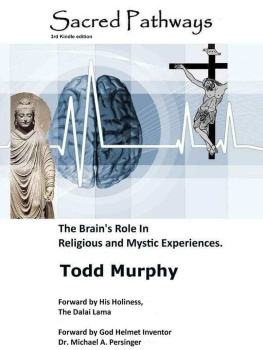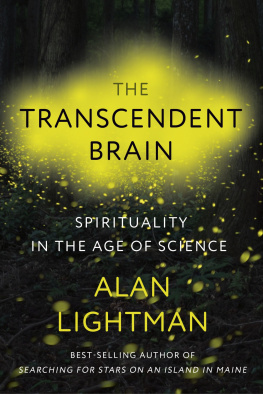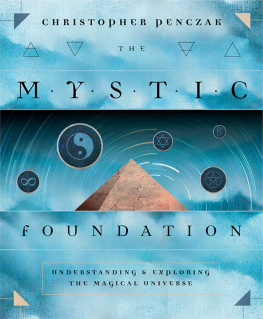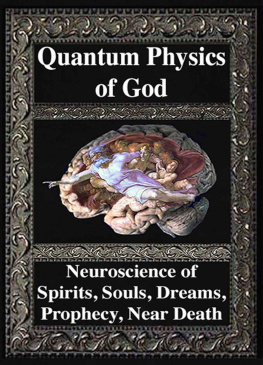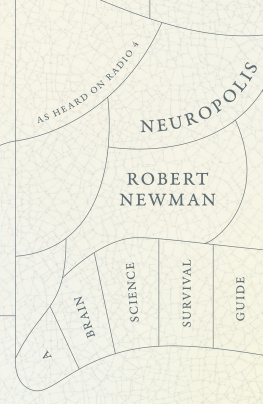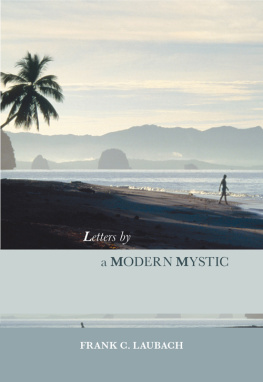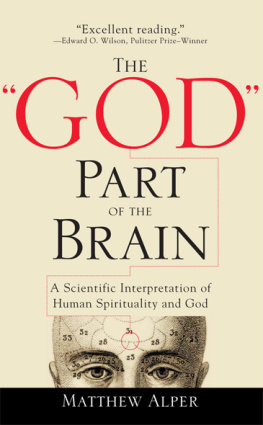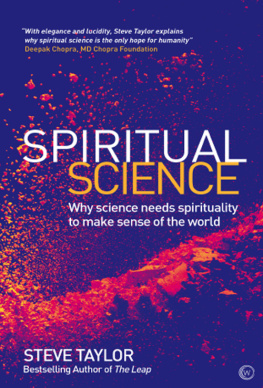Sacred Pathways :
The Brains Role in Religious and Mystic Experiences
(Second Edition corrected & expanded)

Todd Murphy
Foreword by His Holiness, The Dalai Lama of Tibet
Foreword by Dr. Michael Persinger
Foreword by His Grace, (Eastern Catholic)
Bishop +Nazarin
Copyright, 2015 by Todd R. Murphy
All rights reserved. No part of this work may be reproduced in any form or by any electronic or mechanical means, including information storage or retrieval systems, without permission from the author, except by a reviewer who may quote brief passages in a review.
First CreateSpace Edition.
Cover art public domain, from 1) Wiki Commons. 2) Paid Graphic service.
Library of Congress Cataloging-in-Publication Data
Murphy, Todd Raymond
Sacred Pathways: The Brains Role in Religious and Mystic Experiences / Todd R. Murphy 3rd Print Edition.
Includes Bibliographic references.
1) Neuroscience 2) mysticism 3) Near-Death Experiences.
Printed in the United States of America
15th of May, 2015
NOTE:
See us online at:
www.sacred-pathways.org
DEDICATION
This book is dedicated to my teachers, scientific and spiritual; past and present.
Dr. Michael Persinger, Stan Koren, Edgar Karmu Warner, George Olebar, Carey C. Briggs, Bigfoot, Lightening Bear, E. Theo Hedding, Paul Lowe, Osho, Dorothy Ma DeOme, Dr. Bernard Yeh, Dr. Nan Chao, Ven. U Silananda, and many others.
CONTENTS
ACKNOWLEDGMENTS
I would also like to acknowledge the many people who helped me complete this work and encouraged me to bring it to publication. M. Chelnenza, D. Arbeeney, Pailin Murphy, Omega Patterson-Fox, Cheri Kruger, Mi-Chan, His Grace, Fr. Robert Hartman, J. Dvivedi, Shri Shailendra Sharma, Noel Murphy, Drago Plecko, Anne Prehn, and a host of others. My thanks to all..

Foreword by His Holiness, the 14 th Dalai Lama of Tibet.
Over the last thirty years, despite my lack of formal scientific training I have held many personal meetings and discussions with scientists. I believe that spirituality and science are different but complimentary exploratory approaches with the same greater goal, that of understanding the nature of reality by means of critical investigation. There is much each may learn from the other, and together they may contribute to expanding human knowledge and fulfilling the well-being of humanity.
In relation to science, we should always adopt the view that accords with the facts. If, upon investigation, we find that there are reasons and proofs for a conclusion, then we should accept it. However, a clear distinction should be made between what is not found by science, and what is found to be non-existent by science. What science finds to be non-existent, we should accept as non-existent but what science merely does not find is a completely different matter.
An example is consciousness itself. Although sentient beings, including human beings have experienced consciousness for centuries, we still do not know what consciousness actually is, how it functions or what is its complete nature. Things that have no form, no shape, and no color are in a category of phenomena that cannot be understood in the way that external phenomena are investigated. Therefore, a study of consciousness involving both scientists and experienced meditator has significant potential to extend our understanding.
In this book, Professor Todd Murphy recounts what he has discovered about the brains role in religious and mystic experience; findings that interested readers will no doubt find illuminating.

H.H. The Dalai Lama, Oct. 5 th , 2013
Foreword By Dr. Michael A. Persinger
In this book, Todd Murphy develops the concept of neurotheology from a unique and fresh perspective that finely balances the common sense of subjective experience with the general principles of neuroscience. Professor Murphy describes the essential human microanatomy and function, allowing the reader to appreciate, understand and explore neurotheology and its implications with an optimal level of detail. There is a chapter containing primary principles of neural function, which allows the reader to explain and predict behaviors. These principles are then applied with ease and pedagogical clarity to the phenomena of near-death-experiences, the sensed presence of a Sentient Being, and the attributions of God. Professor Murphy systematically develops these concepts and offers examples and parallel phenomena from eastern and western cultures.
Spirituality offers a dilemma comparable to the particle-wave duality of the photon that we can see reflected in the continuity of scientific thought since the emergence of metaphysics, where contemporary scientific thought began. In addition to the perennial question of what spirituality actually is, the primary wonder has been the inference of a default totality that includes all of space and time. If we accept that all our experiences are generated from brain activity (or at least strongly correlated with it), then we must also accept that the concept of God and feeling of oneness with Him should be related to brain structure and function. The billions of human brains all share the same essential genetic sequence, so the occurrence of a universal commonality, made unique for each person through modulation of the factors that affect its expression, is only to be expected. Neurotheology is the contemporary manifestation of this examination. As in any science, the rate at which exploration occurs depends on experiments and technology that allows the manipulation of key parameters to verify or refute explanations. The powers of social institutions are also diminished by the return of control over spirituality to the individual, though the development of adequate technology, and the understanding of its principles.
With a perspicacity and courage rarely found in the writing by contemporary academics, Professor Murphy explores the beliefs of reincarnation and the implications for its validity in context of modern neuroscience and quantum biology.
Supported by experimental data, Professor Murphy develops the explanation, theory, and parallel experiences from other cultures, that the sense of self is a left hemispheric phenomenon coupled to language processes. However, during periods of enhanced interhemispheric coherence, the right hemispheric equivalent of this left hemispheric sense of self, as well as the sensed presence, can occur concomitantly with changes that herald enlightenment and altered perceptions with respect to the self and the universe in which it exists. Because the brain influences all of the organs and tissues of the body, which are in turn represented in the brain, the consequences of the neural processes associated with enlightenment can affect the adaptability of the person. Many neuroscientists have considered the sense of self to be the final problem; one whose solution will be as significant to our civilization as the heliocentric universe was in Copernicus time or evolutionary reasoning was to the 19 th century Victorians.
Next page
